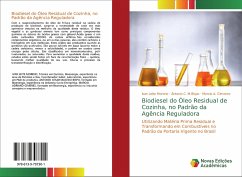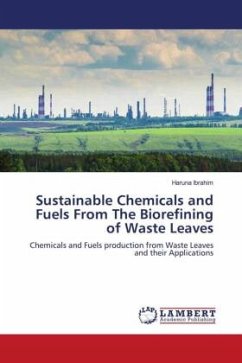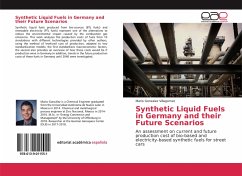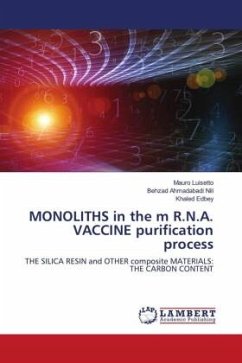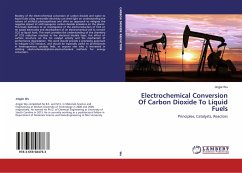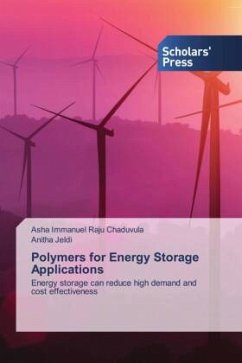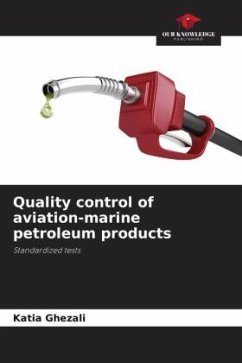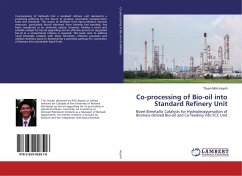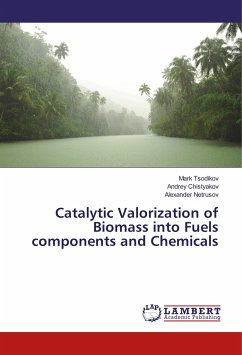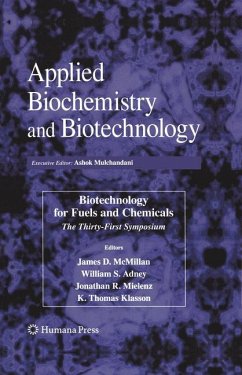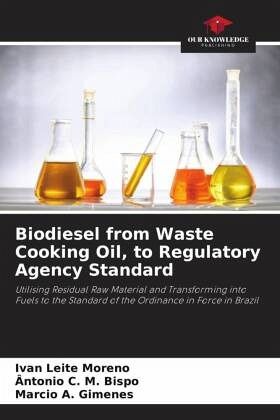
Biodiesel from Waste Cooking Oil, to Regulatory Agency Standard
Utilising Residual Raw Material and Transforming into Fuels to the Standard of the Ordinance in Force in Brazil
Versandkostenfrei!
Versandfertig in 6-10 Tagen
27,99 €
inkl. MwSt.

PAYBACK Punkte
14 °P sammeln!
With the reuse of residual frying oil in the biodiesel production chain, there is a need to increasingly improve studies on improving the quality of this waste. The main chemical components of vegetable oil and animal fats are esters of fatty acids with glycerol.Fatty acid is a carboxylic acid (COOH) with an aliphatic chain. They are considered organic components, or in other words, they contain carbon and hydrogen in their molecules. These acids are produced when fats are broken down. They are poorly soluble in water (the longer the carbon chain, the lower the solubility), and can be used as ...
With the reuse of residual frying oil in the biodiesel production chain, there is a need to increasingly improve studies on improving the quality of this waste. The main chemical components of vegetable oil and animal fats are esters of fatty acids with glycerol.Fatty acid is a carboxylic acid (COOH) with an aliphatic chain. They are considered organic components, or in other words, they contain carbon and hydrogen in their molecules. These acids are produced when fats are broken down. They are poorly soluble in water (the longer the carbon chain, the lower the solubility), and can be used as energy by cells. They are classified as monounsaturated, polyunsaturated, or saturated. To increase the quality of this residue, studies are being carried out in the face of physical-chemical characterisation, seeking better quality of its use. The transesterification and esterification process is mentioned.



